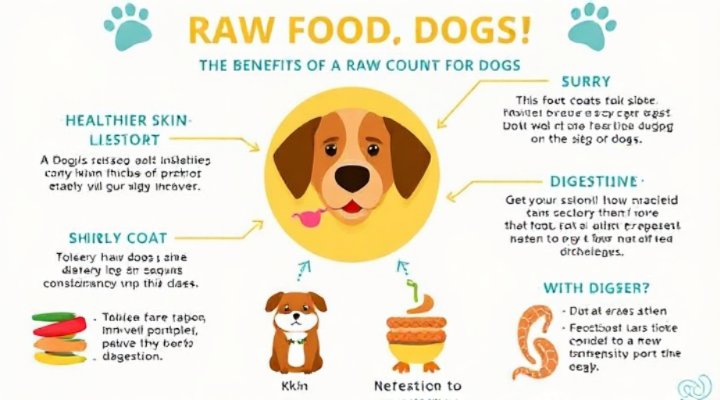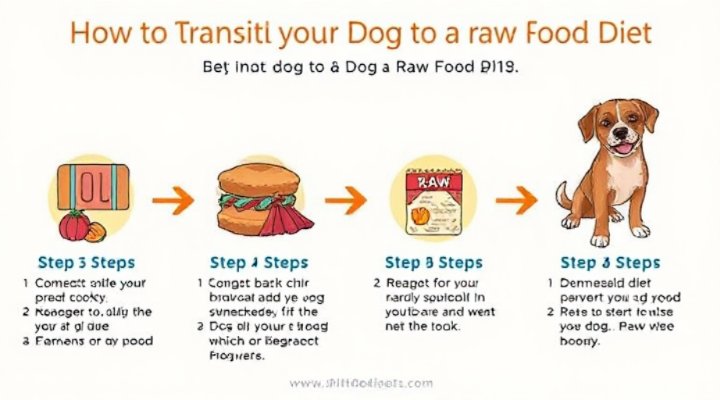A raw food diet for dogs is gaining popularity among pet owners who want to provide a more natural and nutritious diet for their furry friends. This guide covers the benefits, potential risks, and step-by-step instructions on how to safely transition your dog to a raw food diet. From understanding the nutritional needs to preparing balanced meals, we’ll help you make informed decisions for your pet’s health.

What Is a Raw Food Diet for Dogs?
A raw food diet for dogs involves feeding uncooked meat, bones, fruits, and vegetables to mimic their natural diet. This approach is often referred to as BARF (Biologically Appropriate Raw Food) and is designed to provide dogs with the nutrients they would get in the wild. For instance, my neighbor’s Labrador, Max, switched to a raw diet last year, and his energy levels and coat quality improved dramatically.
Benefits of a Raw Food Diet for Dogs
There are several benefits to feeding your dog a raw food diet. Firstly, it can lead to healthier skin and a shinier coat. Secondly, many owners report improved digestion and smaller, less smelly stools. Above all, a raw diet can boost your dog’s energy levels and overall vitality. For more details on the benefits, check out our article on Raw Food Diet for Dogs: A Complete Guide and Health Benefits.

Potential Risks and How to Mitigate Them
While a raw food diet has many benefits, it’s not without risks. Bacterial contamination, such as Salmonella, is a concern. Therefore, it’s crucial to handle raw meat safely and maintain proper hygiene. Additionally, an unbalanced diet can lead to nutritional deficiencies. To avoid this, consult with a veterinarian or a pet nutritionist before making the switch.
How to Start a Raw Food Diet for Dogs
Transitioning your dog to a raw food diet should be done gradually. Start by mixing small amounts of raw food with their current diet and slowly increase the proportion over a week or two. For a detailed guide, visit Raw Food Diet for Dogs: How to Safely Transition and Ensure Nutritional Balance.

Recommended Ingredients for a Balanced Raw Diet
A balanced raw food diet for dogs should include muscle meat, organ meat, raw bones, and a small amount of fruits and vegetables. For example, chicken, beef, liver, and leafy greens are excellent choices. Remember, variety is key to ensuring your dog gets all the necessary nutrients.
Conclusion
A raw food diet for dogs can offer numerous health benefits, but it’s essential to approach it with care and knowledge. Always consult with a professional to ensure your dog’s nutritional needs are met. For more information on pet nutrition, visit the FDA’s guidelines on raw pet food diets.
Related keywords: raw dog food, benefits of raw food for dogs, risks of raw food diet, how to start raw food diet for dogs, natural diet for dogs.
